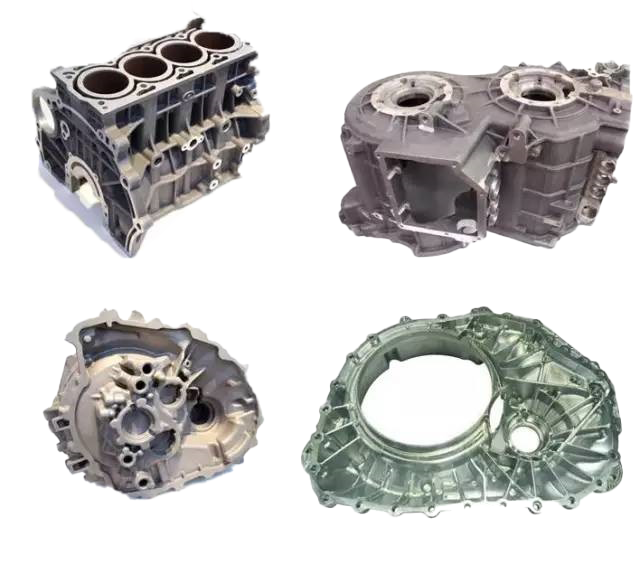E-postformatfeil
emailCannotEmpty
emailDoesExist
pwdLetterLimtTip
inconsistentPwd
pwdLetterLimtTip
inconsistentPwd

Nyheter
Die-Casting Theory: Aluminum Alloy Die-Casting Process Control
It is mentioned in the basic theory of aluminum die casting that the continuous forging of horizontal ingot molds is a common forging method in aluminum electrolysis plants. Die-casting and forging of various aluminum and aluminum alloy profiles for remelting scrap aluminum. To complete this type of forging, there is a professional casting machine.
The horizontal rotary casting method is a forging method with a high degree of mechanical automation of the block iron mold casting method. The aluminum die-casting and forging process is very simple. Because the product is made of aluminum alloy ingots for remelting, the shortcomings of the casting surface and the regulations on the internal crystal structure are relatively less stringent. For example, A356.2 forged aluminum alloy ingots still have stipulations on the level of pinholes.

Forging process manipulation
The requirements for the processing technology of translational continuous forging are mainly pouring temperature, pouring rate and water-cooling heat dissipation control.
The pouring temperature of aluminum and aluminum alloy profile ingots for re-cultivation is different due to the different types of aluminum alloys, and the pouring temperature is also different. In general, the pouring temperature of common aluminum and deformed aluminum alloy profiles is in the range of 30-80 degrees above the temperature of the aluminum alloy crystal. Aluminum alloys are cast in the range of 30–50°C above the crystallinity temperature.
Casting rate translational ingot mold continuous forging is a fixed-shape casting machine. Different types and specifications of casting machines have different forging rates. The forging rate is adjustable, and the forging rate is indicated by the travel speed of the casting mold. But in order to visualize some, forging workers generally test the forging rate by casting a few ingots per minute. It should be emphasized that the forging rate does not need to be adjusted too fast, otherwise, the aluminum die-casting casting machine will vibrate greatly, and the casting will cause serious wavy lines and surface air oxidation.
Cooling control
The cooling method of the translational ingot mold rotary casting machine is divided into two types: one is a mandatory water cooler immersed at the bottom end of the casting mold, and the key control water seepage temperature is below 40 degrees and the distance between the floor heating pipes is below 60 degrees. The other is the natural cooling method of casting, but in order to ensure the normal operation of the casting machine, it is necessary to reduce the temperature of the casting mold, and the tap water will carry out self-spraying cooling before or after casting the mold, which can reduce the temperature of the casting mold, that is, prevent aluminum die-casting The common failures of machinery and equipment that will occur in the high temperature operation of the casting machine are also beneficial to the stability of the casting mold and the processing technology standard. The sprinkling temperature of this type of refrigeration method is generally specified below 40 degrees.
It is mentioned in the basic theory of aluminum die casting that the translational ingot mold continuous casting machine generally contains stacking system software, and the two are combined to form a casting production line.
Conclusion
For more information about die casting cooling system,die casting surface finish,types of pressure die casting, we are glad to answer for you.

